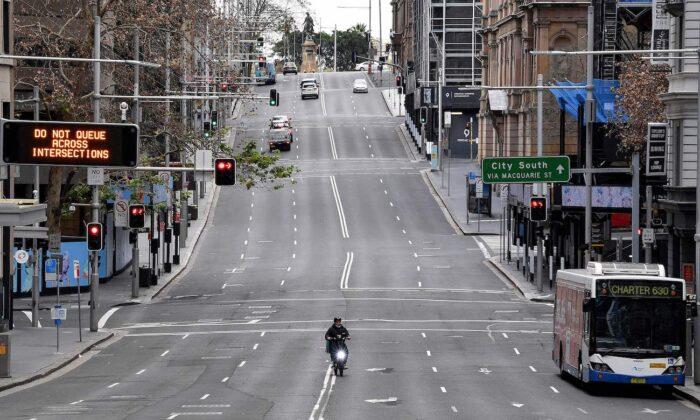A record number of Australians are juggling two or more jobs as COVID-19 lockdowns and restrictions push workers into the gig economy, the Australian Bureau of Statistics (ABS) has revealed.
Prior to the pandemic, just under 6 percent of the working population held multiple jobs, a figure which dropped to a low of 4.9 during the June quarter of 2020 before rebounding.
The highest increase in multiple job holding was seen from people who worked in administrative and support services, arts and recreation, and education—some of the hardest hit sectors by COVID-19 restrictions.
“Secondary jobs increased by 33 percent over the 2020-21 financial year, from a low in the early stages of the COVID-19 pandemic in the June quarter of 2020,” ABS head of Labour Statistics Bjorn Jarvis said. “By June quarter 2021, they were 9 percent above pre-pandemic levels.”
However, Jarvis noted that despite the increase in job holdings, the average hours people worked in their secondary jobs had decreased.
People are now working an average of 9.1 hours per week in secondary jobs, compared to 9.5 hours per week in the same quarter of 2019.
The Australian Council of Trade Unions (ACTU) said the insecure financial situations brought upon by COVID-19 restrictions has forced people to take on more jobs to make ends meet.
They called on the federal government to address the job security and assurance issues for insecure lines of work, which they expect to worsen in the aftermath of the pandemic.
“An increasingly insecure job market means that workers don’t have predictable, reliable hours of work that means they can plan their lives. Instead, they’re forced to work multiple jobs to pay for basics,” McManus said.
While still well above the lows of 2020, job ads in August dropped 2.5 percent nationally. The number of new job ads in NSW fell 10 percent in July while Victoria rebounded.
“Admittedly, it is likely that ANZ Job Ads will decline further over coming months ... But given the momentum going into lockdowns, policy support and signs that activity should rebound once restrictions ease, we think the setback will be temporary,” ANZ senior economist Catherine Birch said.





